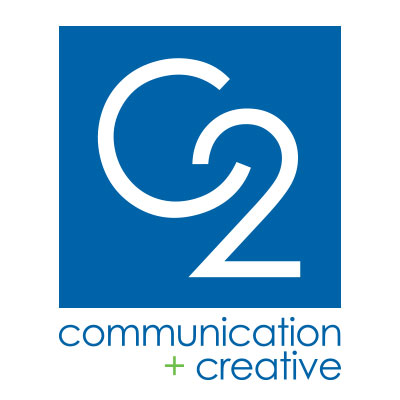The Nature Valley Bicycle Festival is a 10-day celebration of bicycling that includes amateur and professional racing combined with family oriented activities focused on all things with two pedals and two wheels. The marquis event of the festival, the Nature Valley Grand Prix (a six-stage race over a five-day period), has become one of the top professional bike races in the United States, attracting the best American cycling teams and more than 200 riders from the U.S. and beyond.
After moderate growth of the Festival from its inception in 1998 through its seventh year in 2005, Festival organizers set a goal to deliberately grow the spectator audience as well as sponsorships of the festival using traditional marketing and awareness created by news coverage leading up to the event.
Results
• Grew monitored media impressions from 35 million per year to more than 120 million annually.
• Increased televisions appearances from one or two hits per year to 12 appearances in 2011.
- Articles placed in Delta Sky Magazine, ESPN, Minnesota and Wisconsin Public Radio, WCCO-AM radio, Explore Minnesota, and Fun in Wisconsin.
- Increased awareness with cycling spectators, contributing to Minneapolis being named the top city for cyclists by Bicycling Magazine in 2010.
- Enhanced broad-based media coverage because of proceeds shared with local charities.
Media Planning
As director of media relations for the Nature Valley Bicycle Festival, I developed a strategic communications plan focused on two audiences:
- Avid cyclists who follow their sport of choice by subscribing to and reading online and print publications related to cycling like VeloNews and Cycling News;
- Mainstream consumers – individuals and families who enjoy attending interesting activities during the summer months.
Detailed media lists were created including editors, reporters and freelancers who cover sports as well as consumer news reporters who report on general lifestyle themes, travel and tourism, recreation, and family activities. Messaging about the festival was created and targeted for each news outlet.
With interest in cycling growing at a rapid pace from 2000 to present, the festival’s success was at a turning point. Organizers rely on volunteers to plan and staff the event and maintain relationships with a large group of sponsors to support the organization financially. An increase in media exposure through placed articles about the festival and Nature Valley Grand Prix could only have a positive affect on the event itself.
Pre-Race Media Outreach
In the months leading up to the June event, long-lead news outlets received background information about the event including story line possibilities. They also were given details about the professional cyclists who would be traveling to Minnesota to race in the Nature Valley Grand Prix. Assignment editors at long-lead publications were provided with numerous story angles related to cycling in Minnesota and a users guide to understanding bike racing was created and shared.
As the event approached, local television news assignment editors and reporters received information about the race along with a list of individuals available to speak about the event. A list of professional riders and team support individuals was also shared so assignment editors understood exactly who was available to provide expert commentary about cycling as a sport.
Week-Of Festival Coverage
The long-lead and local media outreach resulted increased interest among all major news outlets in Minneapolis/St. Paul and the surrounding suburban areas. A comprehensive schedule of interviews, assigned spokespeople, dates and times ensured the Festival spokespeople were able to cover all the recorded and live interviews.
On-air appearances (taped and live) interviews featuring cycling team soigneurs (individuals trained to feed and provide physical therapy to professional cyclists), Festival spokespeople and professional cyclists ensued during the week of the Festival. These segments often ran during the a.m. television news broadcasts, ensuring that spectators as well as sponsors had the opportunity to see the televised segments. The soigneurs appeared on several local television cooking segments explaining the nutritional aspects that cyclists must consider when training for endurance rides where they burn up to 6,000 calories per day.
Another highly successful media component added to the Festival involved providing short, paragraph-long race result summaries as each race was completed to local media. These ready-
to-read/print results reports allowed on-air talent to quickly include results from each race into the nightly newscasts or the next day’s edition of the daily local newspapers. Results-focused, the additional information about the race became a highly valued component of the Festivals approach with the news media.

